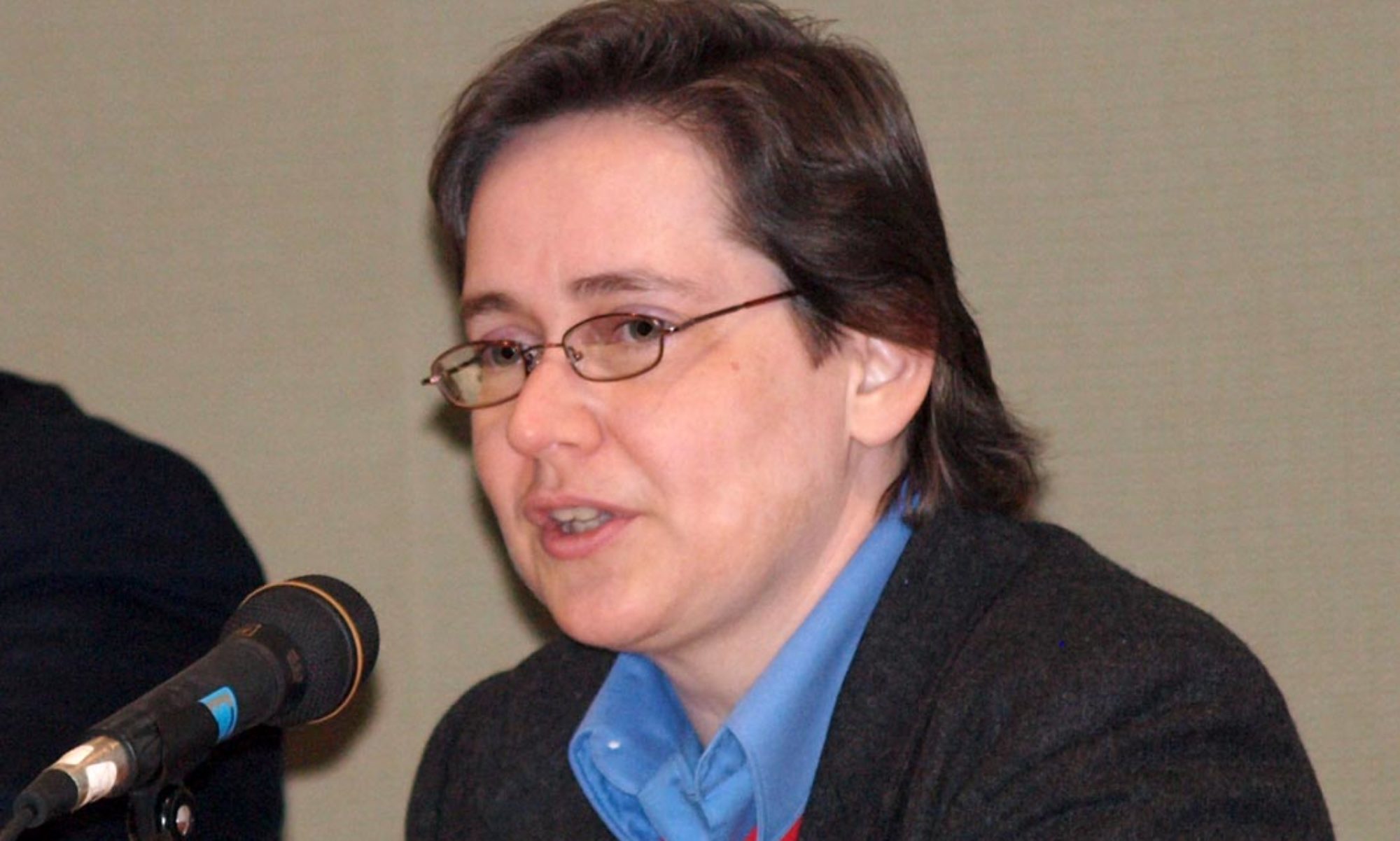Lesson 29: God is in everything I see.
Some critics of A Course in Miracles call it “spiritual bypass” or “New Age woo-woo,” but fail to understand that many of its concepts and ideas are quite old and are actually nothing new under the sun.
Today’s idea: “God is in everything I see,” harkens back to the concept of “panentheism” which was coined by German philosopher Karl Krause in 1828. He was seeking to distinguish the differences in philosophy at the time between Spinoza, Hegel and Schelling over pantheism.
Pantheists believe that God is composed of all things in the universe, is not personal, and reality and divinity are the same.
Panentheists believe that while God is the soul of the universe and its spirit is infused into everything within it, God still transcends this physical time and space and remains, in many senses, separate.
The Course leans more toward the panentheistic idea, positing that while God infuses everything in this physical realm – including tables, politicians and tax collectors – God remains outside of our ideas of time and space. God is here and not here – within us and without us.
There is a rich tradition behind this idea entrenched in Hinduism, Taoism, Judaism, Islam, Sikhism, the Bahai faith and even in some circles of Christianity. This is not a new idea, but perhaps the Course‘s approach to wrapping our minds around this idea can be said to be new – taking a methodic approach to loosening the ego’s view of the world from our eyes so we can develop a divine vision of the world.
Ralph Waldo Emerson – a 19th century Christian Transcendentalist – in his essay “The Over-Soul” fleshes out this panentheistic idea of God, that I believe the Course would support:
“We live in succession, in division, in parts, in particles. Meantime within man is the soul of the whole; the wise silence; the universal beauty, to which every part and particle is equally related, the eternal ONE. And this deep power in which we exist and whose beatitude is all accessible to us, is not only self-sufficing and perfect in every hour, but the act of seeing and the thing seen, the seer and the spectacle, the subject and the object, are one. We see the world piece by piece, as the sun, the moon, the animal, the tree; but the whole, of which these are shining parts, is the soul.”
If we can see that God infuses even a table, then we can begin to see that God can infuse those with whom we disagree – those we call enemies and evildoers. Often, it’s too big of an ask for our egos to admit there is good – a piece of the divine – within everyone – especially those that spark our egoic emotions of hatred or fear. So, start with a table – start with your dog or you cat. Start small and begin to experience your vision changing – softening – to appreciate the divinity of everything – and everyone – around you.
This is an early step in our journey toward seeing differently and withdrawing our faith in the ego’s perception of the world around us. The ego wants to keep us in fear, keep us in despair that the world will never be redeemed. We will keep miscreating a fearful and despairing world unless we can shift our vision to that of the Divine.
“If you perceive truly you are cancelling out misperception in yourself and in others simultaneously,” the Course tells us in Chapter 3. (Section II, paragraph 6, line 5)
The miracle of a changed perception will heal not just our vision, but the vision of the world. No one is healed alone, the Course tells us.
If you want to heal the world, start today by greeting the divine within each table you use today, and expand that vision until you realize you are swimming in a sea of God.
Photo by Tina Nord from Pexels


Marvelous. Swimming in a sea of god. The other day while in my greenhouse, I was reading about familiars and wishing I had one. I turned to see a shiny black frog. There he was, a little god, whom I called Fernando my Familiar. I felt immensely grateful that he honored me with his visit.
How wonderful! Isn’t it lovely in this sea of God?